The environmental communicators of the Consorci de Residus del Montsià
Environmental communicators. Women as managers of the environment from the perspective of environmental and human sustainability.
This project, promoted by the Consorci per a la gestió dels Residus municipals del Montsià (CRM), has been sponsored, during 2006, by the Department of Labor and Industry of the Generalitat de Catalunya through the Social Funds Europeans and the Servei d'Ocupació de Catalunya (SOC). At a technical level, the project has been designed and coordinated by CODE. Likewise, this project has been endorsed by the Institut Català de les Dones.
This project, broadly speaking, has allowed the creation of jobs through the implementation of new services in the field of ordinary municipal waste management, consolidating environmental communication at street level as one of the elements of basis for the continued promotion of selective collection and waste prevention in the Montsià region. In another sense, this project has an implicit gender transversal strategy insofar as it has become a permanent part-time job for family support to housewives, middle-aged women and women with labor insertion problems.
Sex : woman (responding to typical gender roles, and in the domestic specialization derived from them)
Age : between 35 and 65 years old
Current employment situation : not employed (registered with the Servei d'Ocupació de Catalunya (SOC))
Specific requirements :
- person closely linked to the social fabric of the locality
- personality with a high level of empathy
- strong awareness of the waste problem and particularly for the selective collection from home of RMO
- capacity and willingness to learn about the subject matter
- ability to communicate and share new learning with the local population
Once the team of environmental communicators was constituted, the training sessions and personal knowledge were started prior to the start-up of the project. In January 2006 began the training course consisting of a theoretical classroom day, and two days of field work to visit the different infrastructures involved in municipal waste management Thus, at the end of January 2006 the team of regional environmental communicators He was already ready to start his tasks and began to work, prior to the start of a four-month informational media campaign (Cuña, PDF). Initially, the group consisted of 18 women, but today there are 12 and they are hired part-time.
Among the tasks developed by the body of communicators from the beginning of the project to the present, the following stand out:
a) Inspection of container areas
The communicators carry out inspection tasks of the underground containers in all the municipalities of the Montsià region. The frequency of this inspection service is twice a week except in those municipalities with the highest number of incidents, Amposta and La Ràpita, where they are carried out five times a week, from Monday to Friday. The incidents detected during the inspection service are filled in in some files that are processed by the communicator of the Citizen Attention Service, who sends the information to the company awarded the collection service.
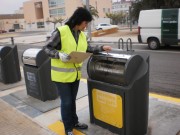
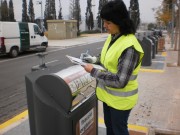
In addition to the usual inspection service, specific inspection tasks are also carried out depending on the needs and at the request of the pick-up technician. These specific inspections would be:
- Container maintenance inspections: the condition of the platforms, the drum handles, the condition of the fronts and adhesives, etc. are checked.
- Exterior cleaning control inspections.
- Odor control inspections on those islands where the anti-odor product has been installed.
b) Door-to-door visits for specific purposes
From the beginning of the project until today, several visits have been made to all the homes in the region. The first phase of door-to-door visits was carried out in order to publicize the project of underground containers in the public, distribute the informative leaflets, buckets for the separation of organic matter, communicate the operation of the new containers and the start date of the new system, etc.
In the second hearing phase, a few months after the launch of the new system, a questionnaire was carried out to learn first-hand about the problems (or facilities) that citizens grant to recycling, and also to register suggestions, concerns and complaints. that the public regarding the administration in charge of the management of municipal waste. Finally, as of today door-to-door visits are carried out for specific purposes and based on needs, such as:
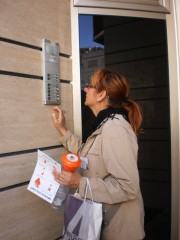
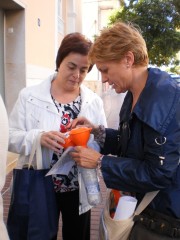
- Communicate the implementation of the collection service to the smallest municipalities with 5,000 inhabitants.
- Communicate a change in the collection system in the urban center of Alcanar Platja (reduction of the rest points and introduction of compact islands).
- Visits to shops and activities.
- Distribution of funnels and informative diptychs for the selective collection of domestic oil in the municipality of San Carles de la Ràpita.
c) Communication at street level
Despite the fact that the implementation phase of the underground collection and the introduction of organic matter in the entire region were already completed within 2008, it has been considered convenient to continue with communication at the foot of the island, since Citizens still have many doubts when it comes to recycling household waste, especially organic waste. Thus, environmental communicators are located in those container islands that have a greater influx or with more episodes of non-civic activities, in order to inform citizens about how to properly deposit waste and place special emphasis on the difference between the rest fraction and organic matter.
In addition, since it is a region where half of its municipalities see their population greatly increased during the summer months, due to a high tourist activity, communication efforts are concentrated in the street during these months, as well as at other specific moments in communication must be increased.
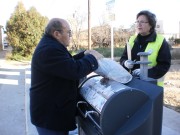
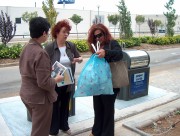
d) Programs to local radios
Taking advantage of the fact that some municipalities in the region have local radio stations (Amposta, San Carles de la Ràpita, Alcanar, Santa Bàrbara, Ulldecona), the communicators also carry out educational programs in order to convey / approximate the relevance of doing Selective collection correctly and become a meeting point, discussion and debate with local communities to thoroughly discuss each of the issues related to local waste management (selective collection: paper, glass, packaging and the organic matter, type and complexity of the waste we generate, recovery and treatment plants, etc.).
These are programs where citizens can actively participate and raise their doubts and concerns.
e) Reuse and recycling workshops
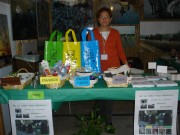
During 2010 and 2011 five environmental communicators have carried out specific educational tasks in the educational centers of the region and have also participated in specific recreational activities where they have worked with children, such as: Children's Christmas parks, Fairs, Conferences , meeting of the, etc. These activities have served to carry out the practices of the leisure monitors course, taken last July 2010, in order that later the group of communicators can assume the tasks of awareness and education in the educational centers of the region and not be It is necessary to hire external personnel for this purpose.
These workshops have also been extended to adults in workshops, participation in local fairs, etc. These are craft workshops made with end-of-life waste, thus introducing the concept of reuse.
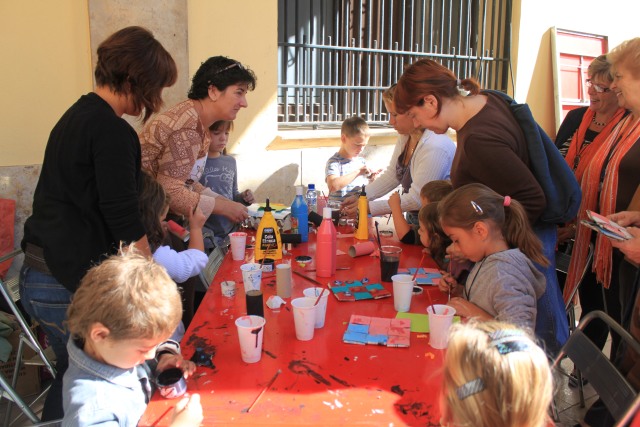
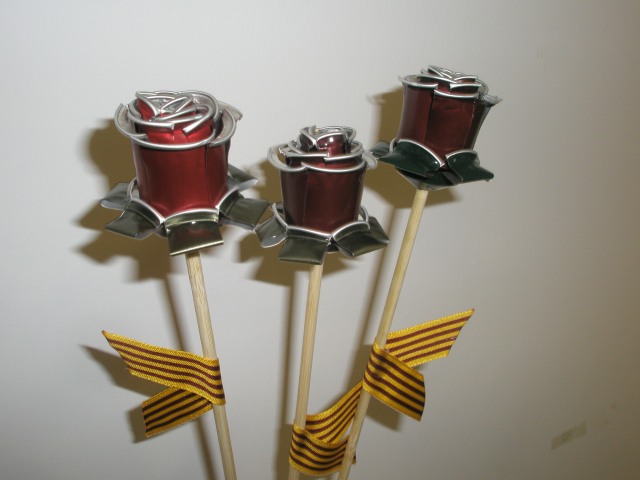
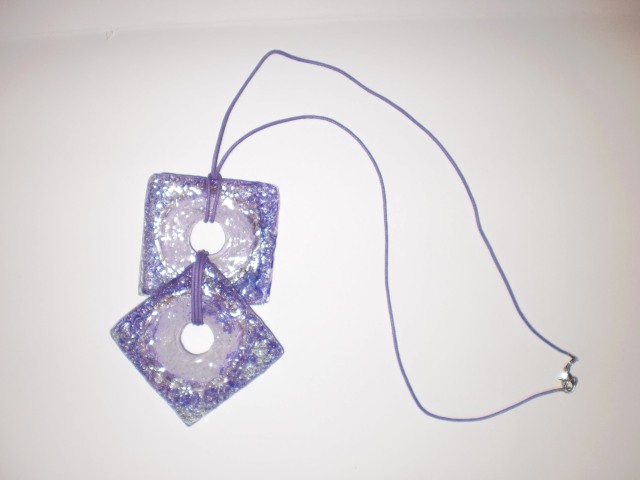
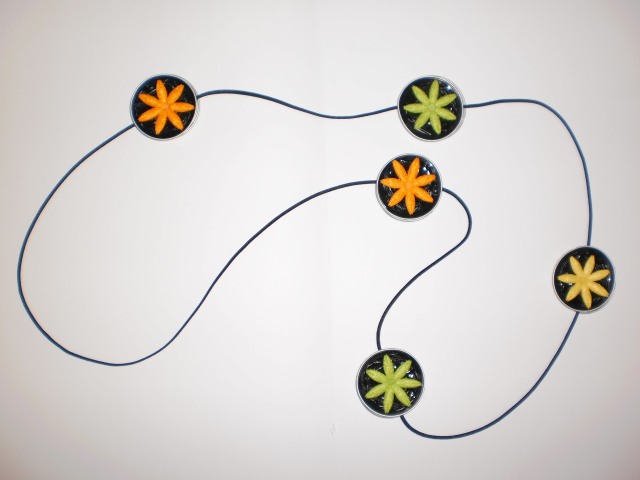
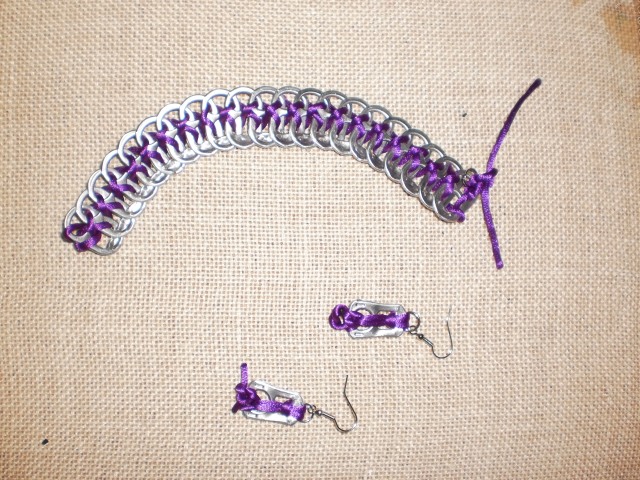
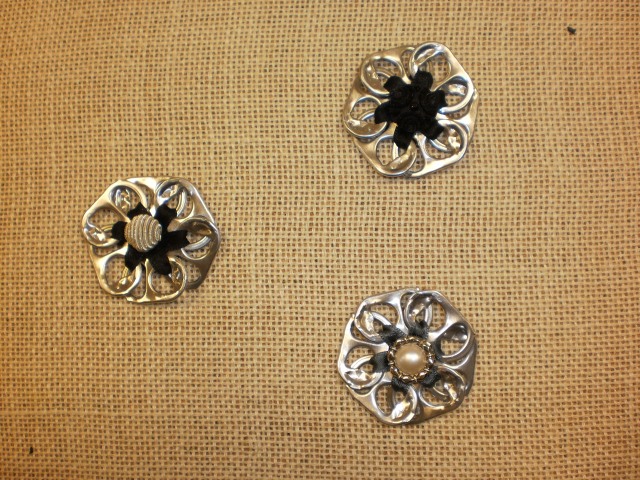
f) Talks and workshops in educational centers
Through the body of communicators, different specific awareness-raising activities have been organized in the educational centers of the region. These activities include:
- Talks and elaboration of murals of the selective collection in the classrooms, using cardboard with the emblem colors of each fraction.
- Reuse workshops: making crafts with garbage and recycled objects.
- Advice to teachers.
During the 2011-2012 school year and within the framework of the Educational Program to promote selective waste collection in the Montsià region, a campaign has been deployed in all educational centers in the region, with talks focused on prevention and the cycle followed by waste in the region (management and treatment plants). In addition, it has also participated in the European Week for Waste Prevention. It is necessary that the future generation of the region acquire sustainable behaviors from a young age and become aware of the importance of carrying out a correct management of the waste that we generate. In addition, it must be taken into account that they constitute a very important channel of dissemination to reach the adults responsible for family habits (fathers, mothers, uncles, grandparents ...).
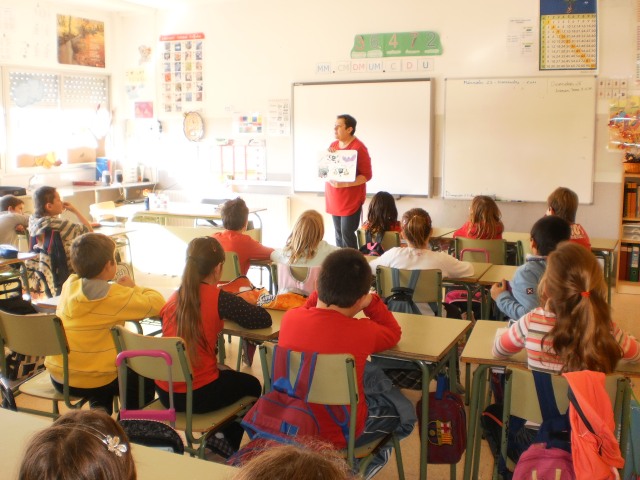
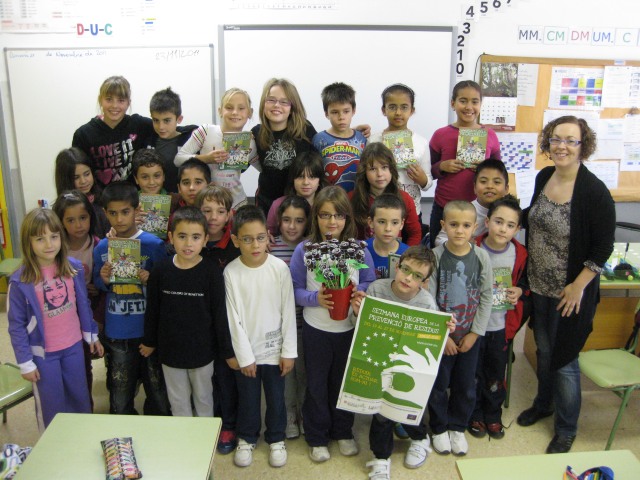
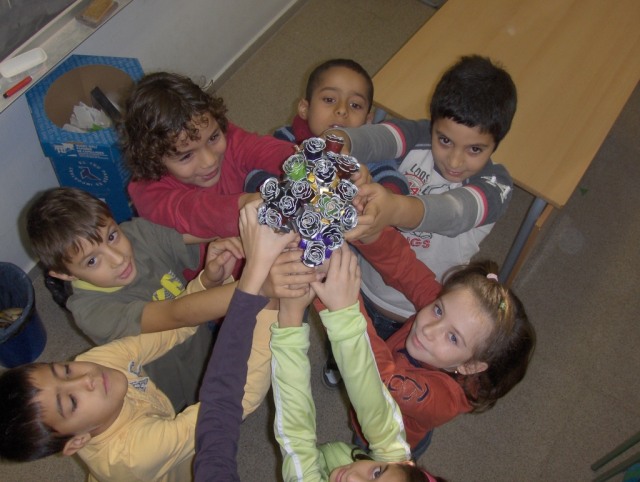
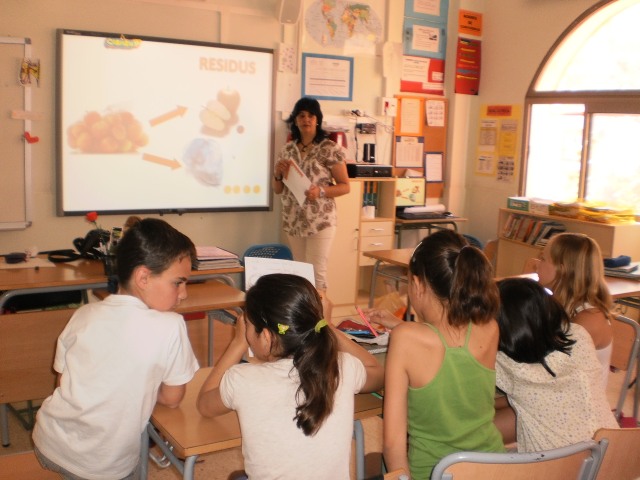
g) Tutoring visits to local waste facilities
The communicators also supervise the visits of schoolchildren, associations, individuals ... in the clean points and in the existing waste treatment plants in the territory, the composting plant and the controlled deposit of Mas de Barberans These facilities are owned by the Waste Consortium and are key tools to sensitize the population about excess waste and the need for proper management. You can visit these facilities if you wish, you just have to fill out the application and send it to us.
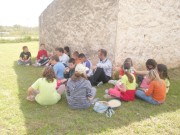
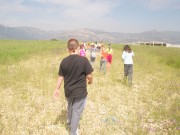
h) Telephone service (977 087 487)
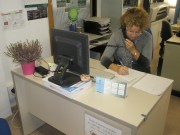
The Consorci de Residus del Montsià launched the Telephone Attention Service in 2009 to provide better service to citizens. One of the environmental communicators is providing this service and the hours of operation are from Monday to Friday from 9 a.m. to 1 p.m. Complaints and / or suggestions that citizens may make regarding the collection service are addressed, requests received are managed and all doubts that the population may have regarding selective collection are answered. To publicize this service among the public, the communicators carried out an information campaign on the container islands, distributing some magnets with information on selective collection and where the citizen service telephone line was included.
In addition, this communicator is also in charge of processing all the information collected by the communicators in the inspections of the container areas and transferring the possible incidents detected in the company awarded the collection service.
Campaigns
Campaign for the new implementation and reinforcement of the selective collection of Organic Fraction
Although various tasks have been carried out throughout 2007 and 2008 in the different municipalities of the region, all of them have been closely linked to the implementation of the buried collection model, with the consequent introduction of selective collection of the organic fraction in municipalities with less than 5,000 inhabitants. In this sense, the reinforcement and new implementation campaign has relied on the communication tasks of the regional team of communicators and, in terms of material, on the edition and distribution of awareness postcards and posters.
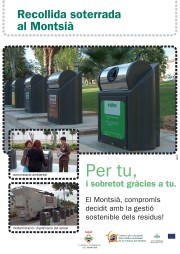
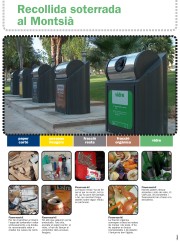
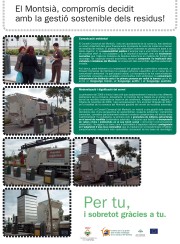
Broadly speaking, the communication tasks have focused on carrying out door-to-door visits (by municipalities of reinforcement and new implantation), conducting informative talks (municipalities of new implantation), specific communication at the foot of the buried island (by municipalities of reinforcement and new implantation), the distribution of postcards and informative posters (new implantation and reinforcement) and distribution of the bin for the domestic separation of organic waste (municipalities of new implantation).
Thus, the implementation of underground collection in the different municipalities of the region conditioned the action agenda of the regional team of communicators, concentrating communication efforts at the time and place that most required it.
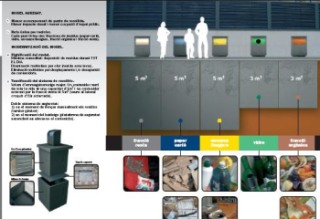
This campaign has been subsidized thanks to the call for aid MAH / 1114/2005 of the Agència de Residus de Catalunya.
Campaign to promote the selective collection of organic matter
Thanks to the calls for aid MAH / 1255/2006 and MAH / 3715/2007 from the Catalan Waste Agency, actions have been carried out in the Montsià region to quantitatively and qualitatively improve the selective collection of organic fraction of municipal waste.
Two main lines of action:
a) Environmental education in the educational centers of the region
Understanding environmental education in schools as a continuous learning process necessary for the real incorporation of environmentally sustainable behaviors among the young people of the region, it has been considered appropriate to hold educational workshops in all centers year after year , to guarantee that from the middle cycle of primary to second cycle of ESO all students receive every two years the workshops adapted to their pedagogical needs.
These workshops are part of the Program for the promotion of the selective collection of organic matter in the Montsià region, and to carry them out we have relied on didactic material (educational videos, experimental work sheets and board game) which was designed thanks to a call for aid from the Catalan Waste Agency.
This educational material is mainly focused on promoting the selective collection of FORM, although it also reviews the rest of the fractions since it is considered of vital importance to improve the quality of the organic fraction. To carry out these workshops, two companies specialized in environmental education have been hired: the Escola del Parc and Araboques, and they have been carried out from 2006 to 2011.
b) General communication actions through local environmental communicators
- Distribution of compostable buckets and bags for the domestic separation of this fraction in the cities of Amposta, San Carles de la Ràpita, Ulldecona and Alcanar, municipalities that began the selective collection of organic matter in a first phase, that is to say , those over 5,000 inhabitants. In these municipalities a first distribution was already made in its day, when the selective collection of organic matter was established. Therefore, with this campaign, newly built homes were prioritized, thanks to a census provided by the respective municipalities. This material was financed with the aid order MAH / 3715/2007 of the Agència de Residus de Catalunya.

- Communication at street level. Deployment of the team of communicators in the busiest container areas to advise citizens at the time of deposition of waste and inform them of the need to make a correct separation of organic matter and how improper ones affect the process.

Promotion of the selective collection of Paper-Cardboard, Containers and Glass
Given that the Consortium for the management of municipal waste in the Montsià region is adhered to the Ecoembes (EEE) and Ecovidrio (EV) Convention, there are financial resources available to carry out communication campaigns for the promotion of the selective collection of packaging.
Within this framework, the Montsià Waste Consortium has carried out the following campaigns:
Editing a calendar
In 2004 an environmental calendar was published, which emphasizes the cyclical process behind selective collection. In 2005, a new calendar was published, which aims to advance on the path of direct personal involvement, leading to the interpretation that the individual action of recycling the waste generated in our homes has repercussions that reach the whole of our community, especially the community. environmental quality of the territory of the Montsià region.
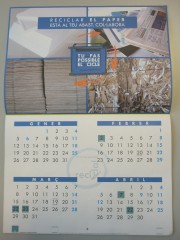
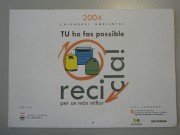
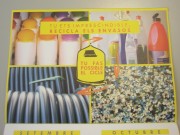
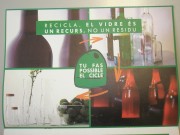
Edition of magnets and sets of bags for selective collection
During 2008, 30,000 80 x 120mm magnets were published, incorporating the slogan "Our territory deserves it" since it is the emblem of the entire communication and dissemination line of the underground container model that has been implemented. in the region and in this way the continuity with the previous campaigns carried out within the framework of the promotion of the selective collection of municipal waste is maintained. The distribution of the magnets is carried out thanks to the team of environmental communicators, either through the door or door or in the street, while they are on the container islands, informing the population how the waste will be deposited or performing the inspection tasks.
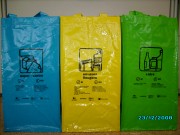
Along with the magnetic ones, some sets of bags are distributed for the separation at source of light packaging waste, paper-cardboard and glass. These are polypropylene bags that have handles to facilitate handling and are equipped with velcro that allows the union between them. They have a 25L capacity and can be put in the washing machine if necessary. One of the advantages they present, apart from the utility in themselves of the bags to make the separation, is that they have enough space to include informative information on the different fractions of packages. The distribution of these bags has been done through different channels:
- In the talks that have been organized in the twelve municipalities of the region and the recycling workshops, distributed among all attendees in order to encourage citizen participation in these activities.
- Through local stations thanks to radio programs
Edition of a recycling guide in Montsià
It is currently in the development phase. All municipalities will soon be disseminated through environmental communicators.
Greening of parties

Thanks to a grant from the Agència de Residus de Catalunya for the minimization and reduction of waste in popular festivals, there are 16,000 reusable cups that have been distributed in the local associative fabric and educational centers of the region, in order to reduce the consumption of disposable glasses. It is a campaign focused on the prevention of municipal waste.



